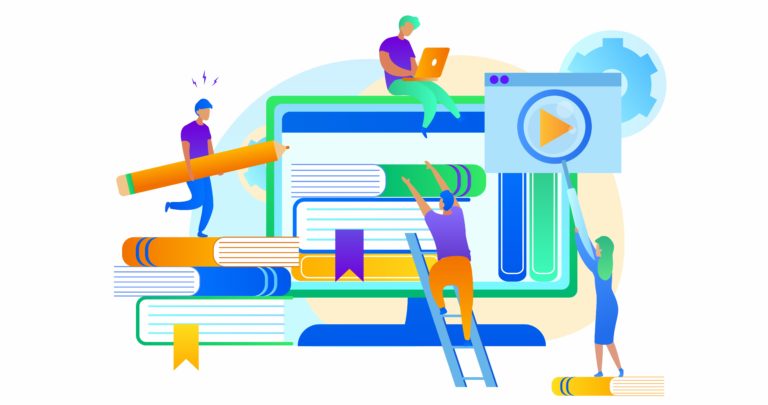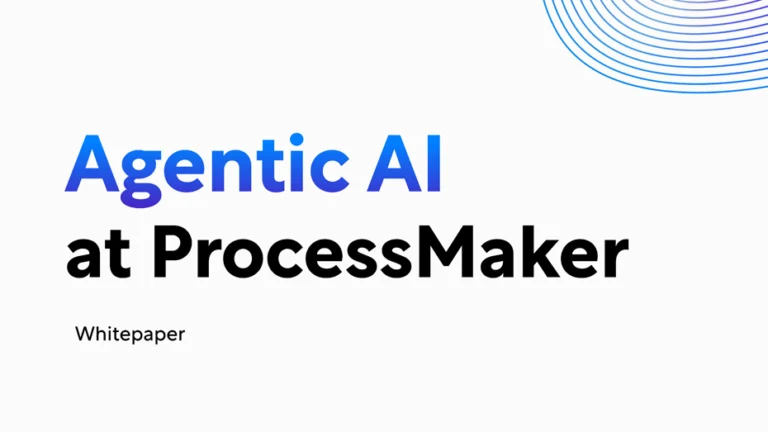We’re living in an ever-connected world thanks to the Internet; however, thanks to smart gadgets, we live in a world of continuous improvement. Smart gadgets linked to the Internet monitor many things from heart-rates to electricity consumption, or even when a package is delivered. This is the area of the Internet of Things (IoT). Smart technology changed the way we live our lives as information and entertainment is available 24/7. What we do with that type of information is key. We already see the rise of smart cities, in which urban areas use IoT devices and sensors to collect data from citizens and devices. This information is then analyzed to monitor and manage things like transportation, power, water, waste management, crime, and other community services.
Yet, the adoption rate of smart cities is pretty slow due to the fact that cities have a very niche constituent base with specific needs and concerns. But campuses don’t have that type of limitation. In fact, the number of smart campuses is growing faster than smart cities as digital native students will expect to have online connectivity in their learning environment.
Benefits of a smart campus
Garnter defines smart campus is defined as “…a physical or digital environment in which humans and technology-enabled systems interact in increasingly open, connected, coordinated and intelligent ecosystems. Multiple elements, including people, processes, services, and things, come together to create a more immersive, interactive and automated experience for students, staff, faculty, and stakeholders of a university or college.”
The benefits of a smart campus are shown through the reduction of operational costs and increased efficiency through smart lighting, security, transportation, and smart utilities. This includes reduced energy and water consumption, less traffic and parking issues, and better-utilized space. These benefits result in both campus community satisfaction and real financial savings. For example, the University of Central Florida (UCF), will start scanning license plates of cars coming or going from campus to eliminate the need for parking passes and to check against police databases. In addition to their policing function, the university’s statement said the cameras would eventually eliminate the need for parking decals or hangtags, as drivers’ license plates “will act as parking permits.”
Less obvious benefits result from more connected campus culture. With new learning models and smart campus technology, every student has access to conferencing tools and can jump in on collaborative sessions within seconds. Screencasting and application sharing also enables students to work collaboratively without being physically in the same place. In that same sense of collaboration, digital signage, facial recognition, and smart cards can enhance students’ ability to move around the campus with ease, making it easier to accomplish routine tasks and transactions. And students do feel connected as a survey from TrouDigital found that 95% of students and recent graduates thought that ‘digital displays are beneficial for student communication’. “In many respects, digital signage is a mouthpiece for smart campuses,” explained TrouDigital’s Marketing Manager, Lee Gannon, “providing a unique physical platform that keeps the student body informed and feeling connected to their university.”
An example of IoT use in matriculation can be seen from Arizona State University (ASU). ASU launched a pilot project to see if using IoT to take attendance could help advisers reach out to students. The university offers an introductory course called ASU 101 for first-time freshmen. “We know that students who fail to attend that course on a regular basis have a very high probability of failing to persist,” said CIO Gordon Wishon. “So we have a vested interest in understanding which students are attending that course on a regular basis and those who are not.” But with section sizes of up to 300 students, faculty members have no time to take attendance. With the approval of the institutional review board, the provost’s office is sponsoring a pilot project asking the students to opt into allowing ASU to track their location using a virtual beacon when they enter the classroom. Wishon said the data would not go to the faculty member but could help the institution identify which students might be at risk because they are failing to attend.
How to make your campus smart
Universities should follow Amazon’s lead and streamline the consumer journey. How? Implement the most effective technology that has the greatest chance of improving the student journey. A prime example of implementing a plan to rehaul technology and applications can be seen at Oral Roberts University (ORU). ORU saw an all-time high in student retention, freshman fall-to-spring retention was 95.5 percent and sophomore fall-to-spring retention was 93.1 percent. ORU also saw an all-time high 99.4 percent placement of graduates. ORU followed this smart-campus approach and measured success by:
- Did the students receive direct value from what was integrated?
- Did we successfully white-label the technology and focus on the outcome of the overall system design, rather than the product name itself?
- Did we innovatively do something with the vendor product that their own development team did not think about doing?
Bringing it all in
Smart campus implementation can improve three key areas of campus life: the experience, efficiency, and education. Increasing interconnectivity between technology products will continue this trend by enabling students to do more with their time while using fewer resources. It will also reshape how students interact with an institution by providing a connected student experience. It can be the tipping point for digital transformation that will address the future of learning and work. By leveraging the benefits of a smart campus, universities can easily modernize while remaining sustainable and relevant to their students, staff, and faculty, as well as the surrounding community they serve today.





